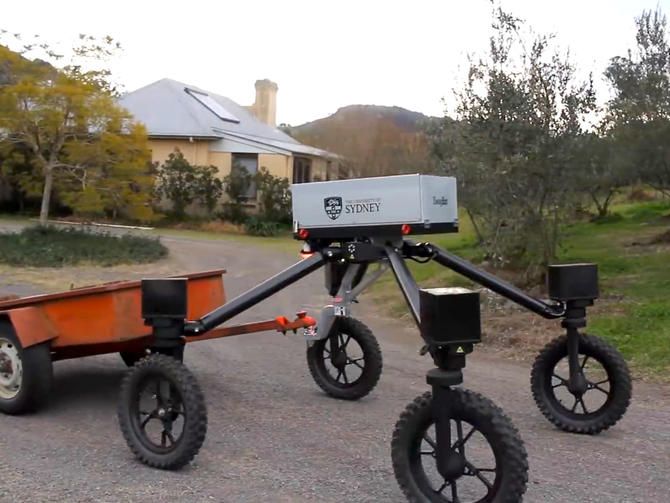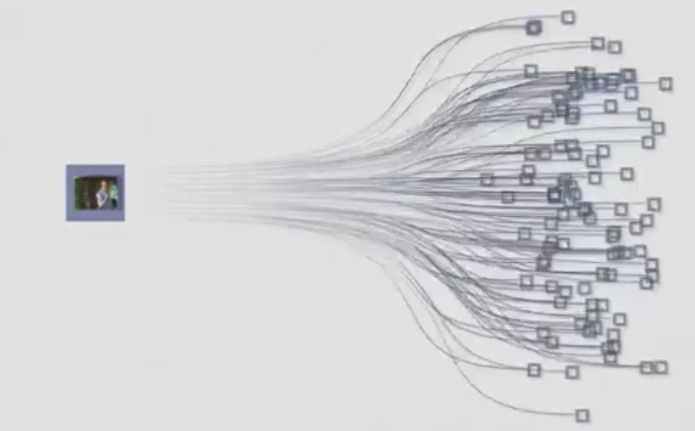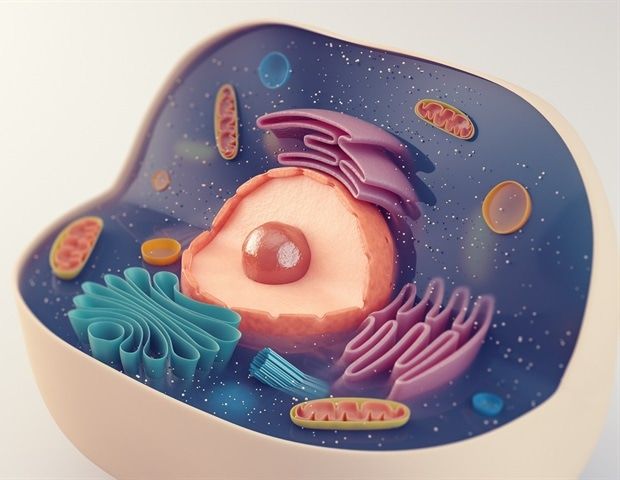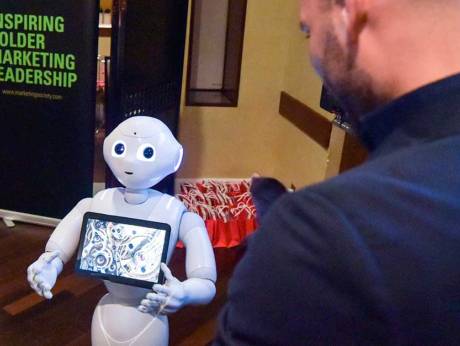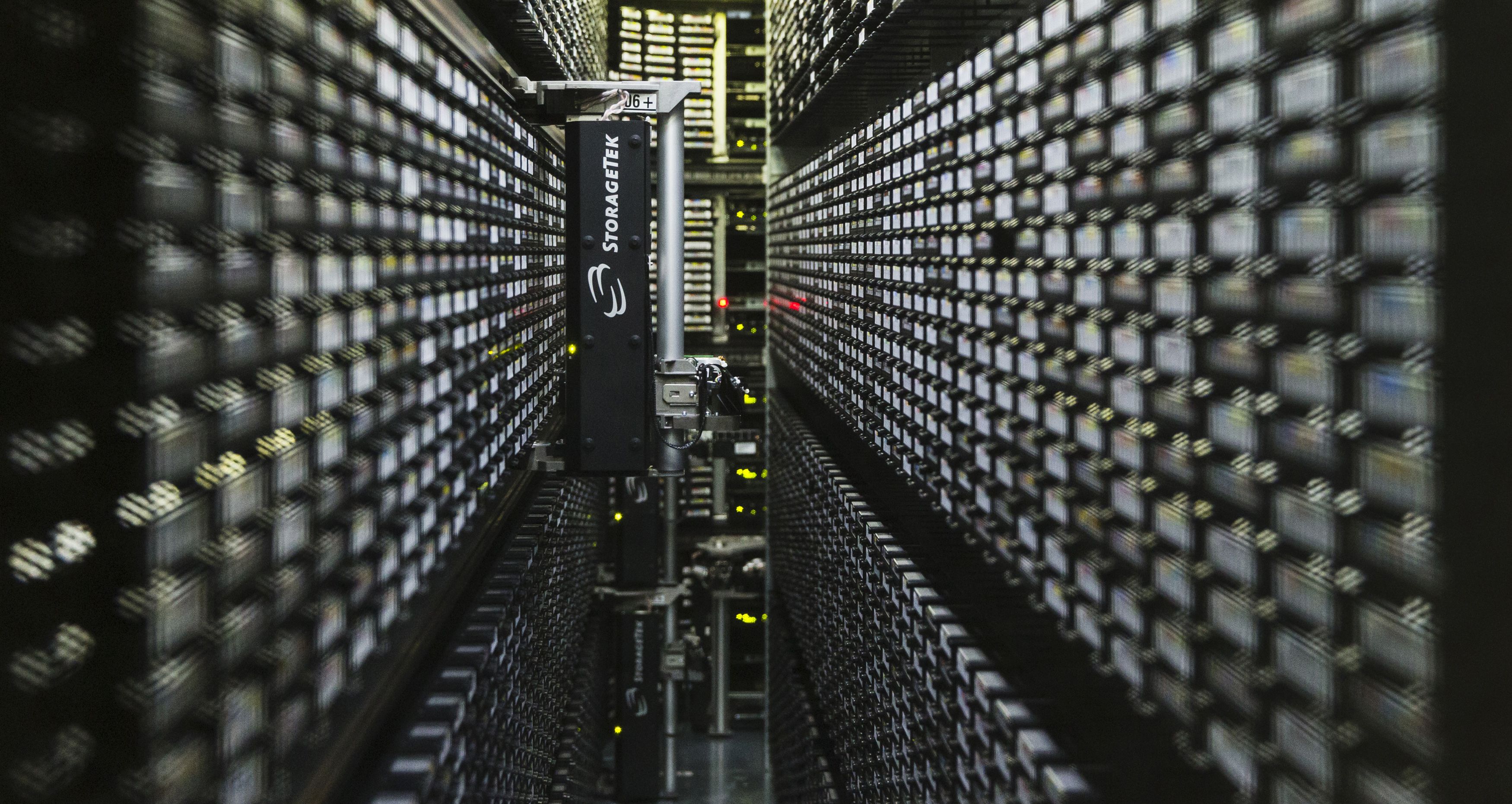Page 11040
Jul 19, 2016
New detector overcomes key challenge in using light for wireless communications: With data rates of more than 2 gigabits per second, new approach in photodetection could simplify free-space optical communication
Posted by Karen Hurst in category: internet
Today’s high-speed wired communication networks use lasers to carry information through optical fibers, but wireless networks are currently based on radio frequencies or microwaves. In an advance that could one day make light-based wireless communications ubiquitous, researchers from Facebook Inc.’s Connectivity Lab have demonstrated a conceptually new approach for detecting optical communication signals traveling through the air.
The team described the new technology, which could pave the way for fast optical wireless networks capable of delivering internet service to far-flung places, in Optica, The Optical Society’s journal for high impact research.
Bridging the Digital Divide
Jul 19, 2016
Baidu built an AI that composes music after looking at art
Posted by Karen Hurst in categories: information science, media & arts, robotics/AI, transportation
When Art Inspires AI; AI composes music.
Who says AI is only for big data crunching and driverless car driving?
Jul 19, 2016
Study shows continuous dehydration kills cells during dry preservation
Posted by Karen Hurst in categories: cryonics, engineering, life extension
A new finding in experiments studying the dry preservation of living cells — a potentially revolutionary alternative to cryopreservation — has defined a clear limit where continuing dehydration kills cells. The data, combined with molecular dynamics simulations, provides insight into an important processing factor that has limited recent attempts at dry preservation.
“What we have done is identified what appears to be a materials constraint in our method of dry preservation. I think this new understanding suggests some interesting avenues to pursue in developing a successful process,” said Gloria Elliott, Professor of Mechanical Engineering at the University of North Carolina at Charlotte, one of the study’s authors.
The findings, reported in the July 8 issue of Scientific Reports, analyzes changes in the molecular arrangements of trehalose (a sugar) and water molecules during a typical dehydration process that they use to immobilize cells in a stable trehalose glass for long-term storage.
Continue reading “Study shows continuous dehydration kills cells during dry preservation” »
Jul 19, 2016
Time to get a robot to do the selling
Posted by Karen Hurst in categories: habitats, robotics/AI
Here’s a concept; you’re next open house showing is conducted by a robot.
UAE marketers get a first glimpse of the humanoid robot Pepper.
A temporary tattoo that can read your emotions. Could this be a new method used for events to id possible problem people. Of course, more work is needed and costs will need to improve; however, is this another tool to help id possible mass murderers, etc.?
The new Israeli-designed skin electrode, affixed to the skin just like a temporary tattoo, can monitor emotions and restore damaged tissue.
Jul 19, 2016
Electron spin control: Levitated nanodiamond is research gem
Posted by Karen Hurst in categories: nanotechnology, quantum physics
I’m telling folks there is much to be learn in the usage of natural and synthetic resources especially around diamonds — Nanodiamonds Magic.
WEST LAFAYETTE, Ind. — Researchers have demonstrated how to control the “electron spin” of a nanodiamond while it is levitated with lasers in a vacuum, an advance that could find applications in quantum information processing, sensors and studies into the fundamental physics of quantum mechanics.
Electrons can be thought of as having two distinct spin states, “up” or “down.” The researchers were able to detect and control the electron spin resonance, or its change from one state to the other.
Continue reading “Electron spin control: Levitated nanodiamond is research gem” »
Jul 19, 2016
World’s Smallest Hard Drive Writes Data Atom-By-Atom
Posted by Karen Hurst in categories: computing, nanotechnology, particle physics
Meet the world’s smallest hard drive.
Dutch scientists have developed a unique solution to deal with the data storage problem. By manipulating single atoms, researchers have created the world’s smallest hard drive capable of storing 1 kilobyte of data (8000 bits) in a space under 100 nanometers across. The technology means that all the books in the world could be stored on a device the size of a postage stamp.
In a study published Monday in the journal Nature Nanotechnology, scientists from the Technical University of Delft (TU Delft) said that they have created an atomic hard drive with a storage density that is 500 times greater than current hard drive technology.
Continue reading “World’s Smallest Hard Drive Writes Data Atom-By-Atom” »
Jul 19, 2016
Quantum computers show potential to revolutionize chemistry
Posted by Karen Hurst in categories: chemistry, neuroscience, quantum physics, robotics/AI, solar power, supercomputing, sustainability
Like this feature on QC.
If you have trouble wrapping your mind around quantum physics, don’t worry — it’s even hard for supercomputers. The solution, according to researchers from Google, Harvard, Lawrence Berkeley National Laboratories and others? Why, use a quantum computer, of course. The team accurately predicted chemical reaction rates using a supercooled quantum circuit, a result that could lead to improved solar cells, batteries, flexible electronics and much more.
Chemical reactions are inherently quantum themselves — the team actually used a quote from Richard Feynman saying “nature isn’t classical, dammit.” The problem is that “molecular systems form highly entangled quantum superposition states, which require many classical computing resources in order to represent sufficiently high precision,” according to the Google Research blog. Computing the lowest energy state for propane, a relatively simple molecule, takes around ten days, for instance. That figure is required in order to get the reaction rate.
Continue reading “Quantum computers show potential to revolutionize chemistry” »
Jul 19, 2016
IBM Blockchain Launches Secure Cloud Service Beta
Posted by Karen Hurst in category: bitcoin
1st D-Wave2 is playing with Blockchaining, with QC and now IBM offering in their cloud services.
IBM Blockchain is launching a cloud-based service that allows companies to test performance, privacy, and interoperability of blockchain systems.
